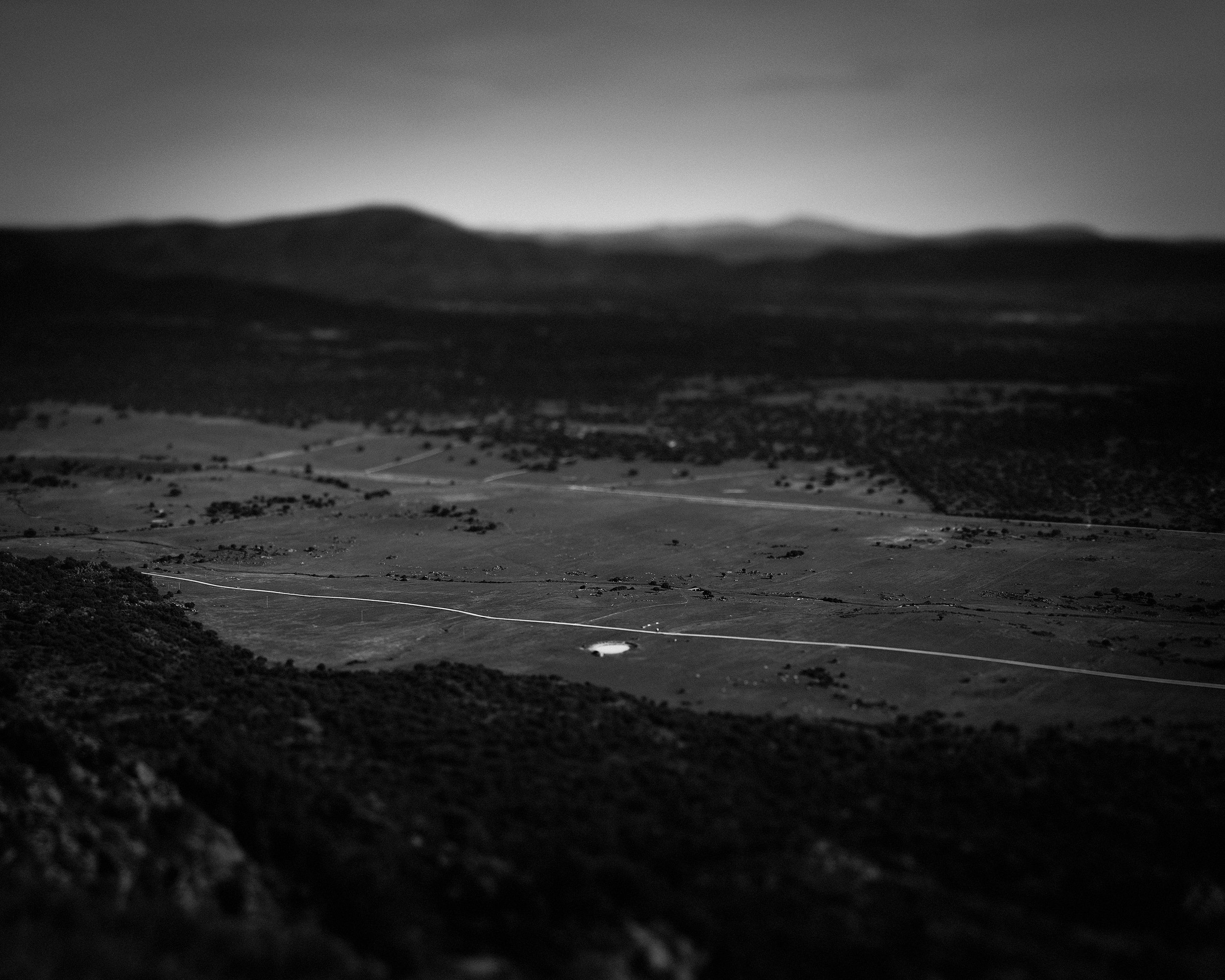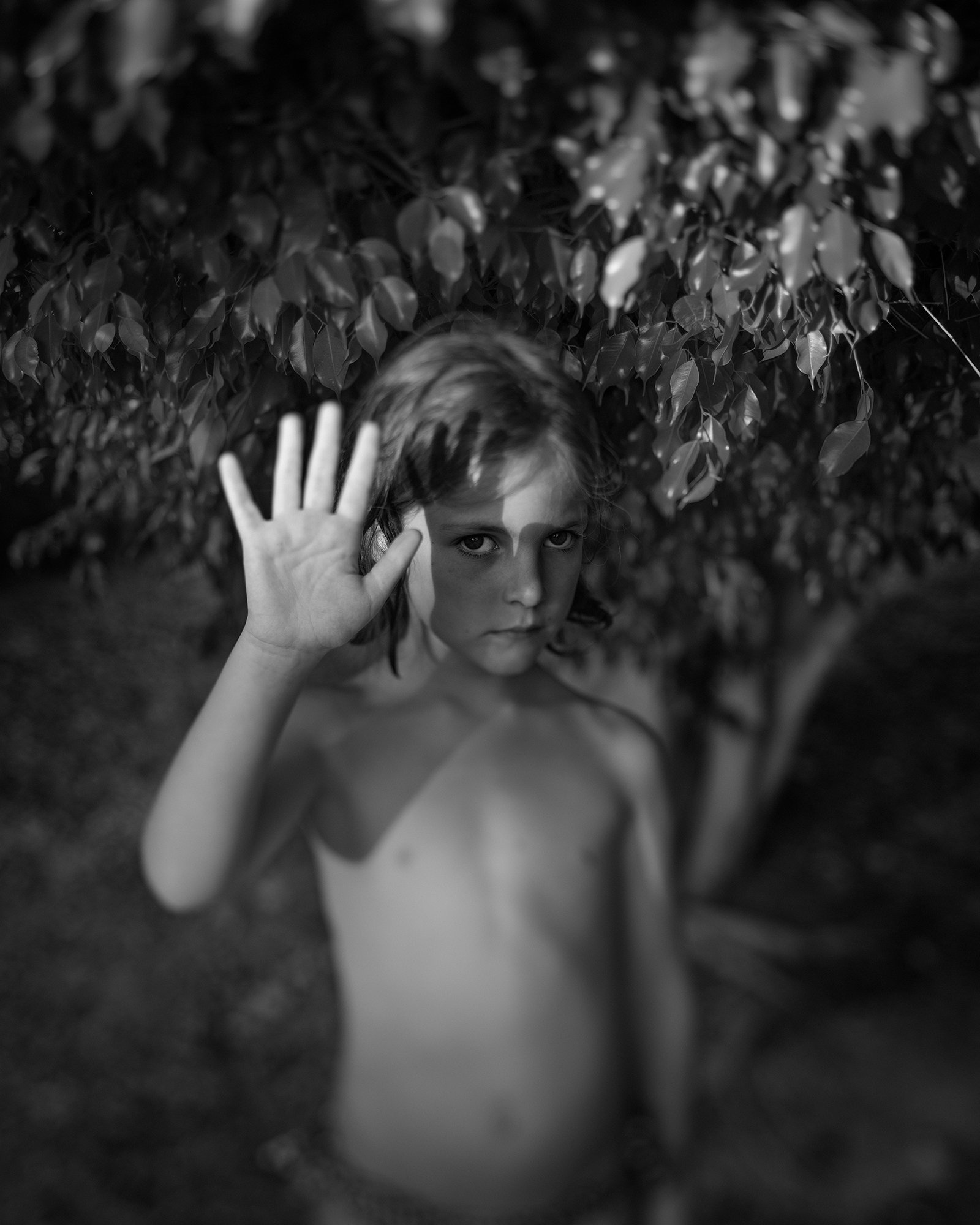Story 141: Rafael Trapiello
What is your backstory?
I was born in Madrid, the capital of Spain, although I spent most of the weekends and holidays of my childhood in a country house located in a beautiful valley in Extremadura, one of the less populated areas of my country.
My relationship with art and literature began almost at birth, since my father is a writer and my mother is a philosopher. I grew up surrounded by books, music, paintings and photography.
Probably seeking to question my parents world, I decided to study civil engineering. But very soon I found out that I didn't like engineering very much. It was perhaps because of that disenchantment during college that I ended up taking refuge in photography. In the engineering school there was a photography association, with a darkroom enlarger, a photography library and so on, where I spent most of the day developing my film rolls and making my own film copies, instead of going to class or studying. Very soon photography caught me. I realized that photography was a very natural language to me. At that time I also met the right people. Of all of them I have to name Juan Manuel Castro Prieto, who became my mentor, and who was the first person with photographic criteria who made me believe in myself as a photographer. Even before finishing Civil Engineering studies I began to receive my first commissions as a professional photographer, something that I would be combining with my engineer job, until 2011, when I quit engineering and started my career as a professional photographer, freelancer.
What camera gear/editing setup do you use?
During my career I’ve been using different kinds of cameras, analogue and digital. My favorite film cameras are a medium format Mamiya C330 and a 4x5 format cherrywood Wista Field camera. The film I use for both is Kodak Protra 160 when shooting color and Ilford FP4 when shooting B&W. My digital camera is a Canon EOS Mark IV. Regarding the editing process, I always use Photoshop for both my digital files and the negatives, which I previously scan with an Imacon scanner.
How do you achieve the look of your photographs and could you take us through the process?
As my personal projects became less documentary and more into poetics, I started experimenting with a 45mm tilt-shift lens on my Canon camera. This setup allows me to work faster and lighter than with my Wista 4x5 but obtaining similar results when you apply the Scheimpflug law, that is, the ability of these cameras and lenses to focus on a tilt plane. This has became particulary essential in my photographs, since thank to those tilt focal-planes, some effect is produced in the image that makes quite difficult for a reader to find an anchor point. In this way this tilt-shift effect allows me to amplify the atmosphere of my photos, make them more oneiric, detach them from their documentary function, so to speak.
Once on the computer, I pay a lot of attention on editing. I like a black and white with a very specific density, with a predominance in general of dark grays, but with the presence of the entire range of grays from black to white. On the other hand, I always cut the digital negative to a 4x5 format. This one is my favorite format. It is one of the most common formats in the history of art in Europe and itseems to me to be the most stable of all rectangular formats. Finally I print my own photographic prints with an Epson printer on 100% cotton matte Hahnemühle Photorag paper, which makes my prints sometimes look more like a charcoal drawing than a photograph.
Could you tell us the backstory of some of your photographs?
Todos los tiempos (All the times, translated into English), my most recent work, is part of an ongoing project that fundamentally speaks of those issues that art has dealt with since the beginning of time: life, death, love, beauty and time, as well as the relationship between human being and nature. The characters that appear in my photos are my own family, my wife Ana and my daughter Manuela, and sometimes other relatives or friends from my closest circle. But in my photos I do not represent them as themselves, but as archetypes of childhood, love, beauty... At the same time I photograph natural spaces in my country, places that are sometimes quite hidden and inaccessible (that's why I prefer to go light of weight with my Canon and the 45mm tilt-shift). I look in these places for relationships with the concepts I work on. Almost always in my photographs I consider how to detach them from the documentary function, how to detach them from the time in which they were made. For me, perhaps this is one of the reasons why photography historically has been treated inferiorly compared to other artistic disciplines: the excessive attention to the documentary function by critics and the public instead of the poetic or artistic content. I believe that photography is a system of representation and a language as good as any other, such as painting, sculpture or literature. Thus, in my photographs it is often difficult to know when they have been taken, in such a way that the main content, the reason for what it has been shot, takes center stage.
What advice do you have for aspiring photographers?
To young photographers I recommend seeing a lot of current and historical photography. To find their references in this way, without being guided by mainstream. To establish a relationship with other artists, thinkers, writers and curators, both of their generation and older, since the link with the art community helps us grow as photographers. And finally, but probably the most important advice is to photograph what is familiar to them, their home, their country, their community. Although it is more exciting in general shooting in exotic countries, it is at our homeland where our work will be more personal and honest.







































